Within Kashmir, opinions about the territory’s rightful allegiance are diverse and strongly held. Many do not want it to be governed by India, preferring either independence or union with Pakistan instead.
Religion is one factor: Jammu and Kashmir is more than 60% Muslim, making it the only part of India where Muslims are in the majority.
An armed revolt has been waged against Indian rule in the region since 1989, claiming tens of thousands of lives.
India accuses Pakistan of backing militants in Kashmir – a charge its neighbour denies.
In 2019, Indian-administered Kashmir was stripped of its semi-autonomous status by the government in Delhi amid a huge security crackdown.
For several years after, the revocation of the region’s special status, militancy waned and tourist visits soared.
What happened after previous Kashmir militant attacks?
In 2016, after 19 Indian soldiers were killed in Uri, India launched “surgical strikes” across the Line of Control – the de facto border between India and Pakistan – targeting alleged militant bases.
In 2019, the Pulwama bombing, which left more than 40 Indian paramilitary personnel dead, prompted Indian airstrikes deep into Balakot – the first such action inside Pakistan since 1971 – sparking retaliatory raids and an aerial dogfight.
Tensions rose again in April 2025 after years of relative calm when militants killed 26 people in an attack on tourists near the resort town of Pahalgam in Indian-administered Kashmir. It was the deadliest attack on civilians in two decades.
India responded two weeks later with missile strikes on targets in Pakistan and Pakistan-administered Kashmir, once again raising fears of further escalation and calls for restraint.
Kashmir remains one of the most militarised zones in the world.

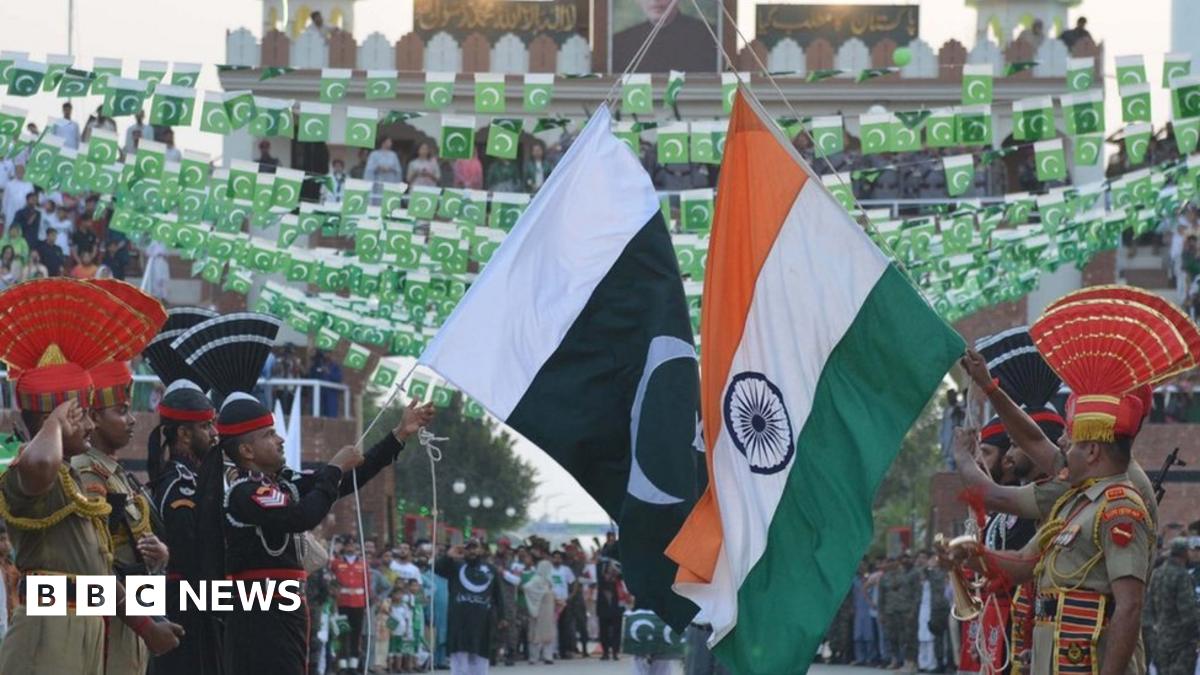
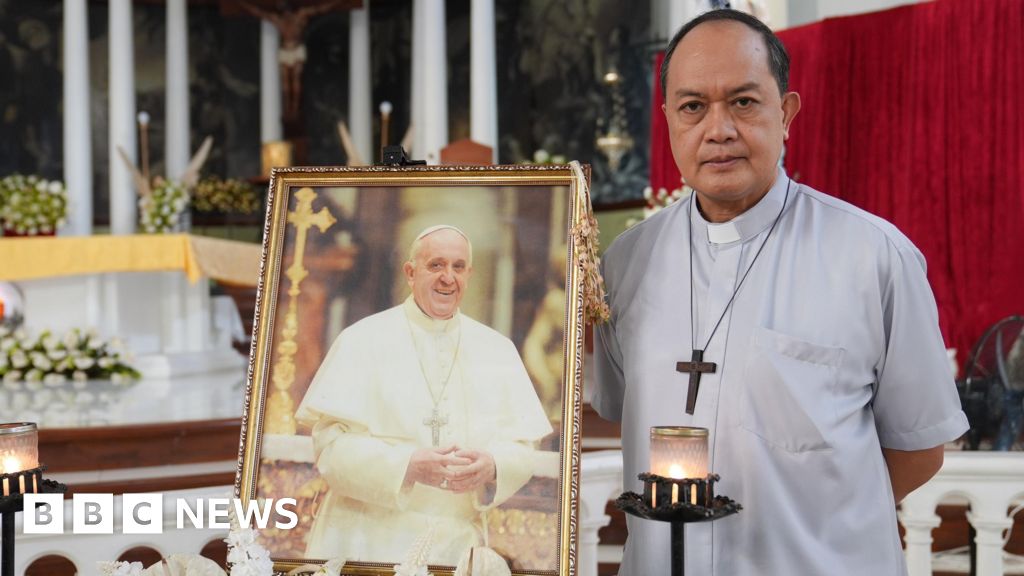


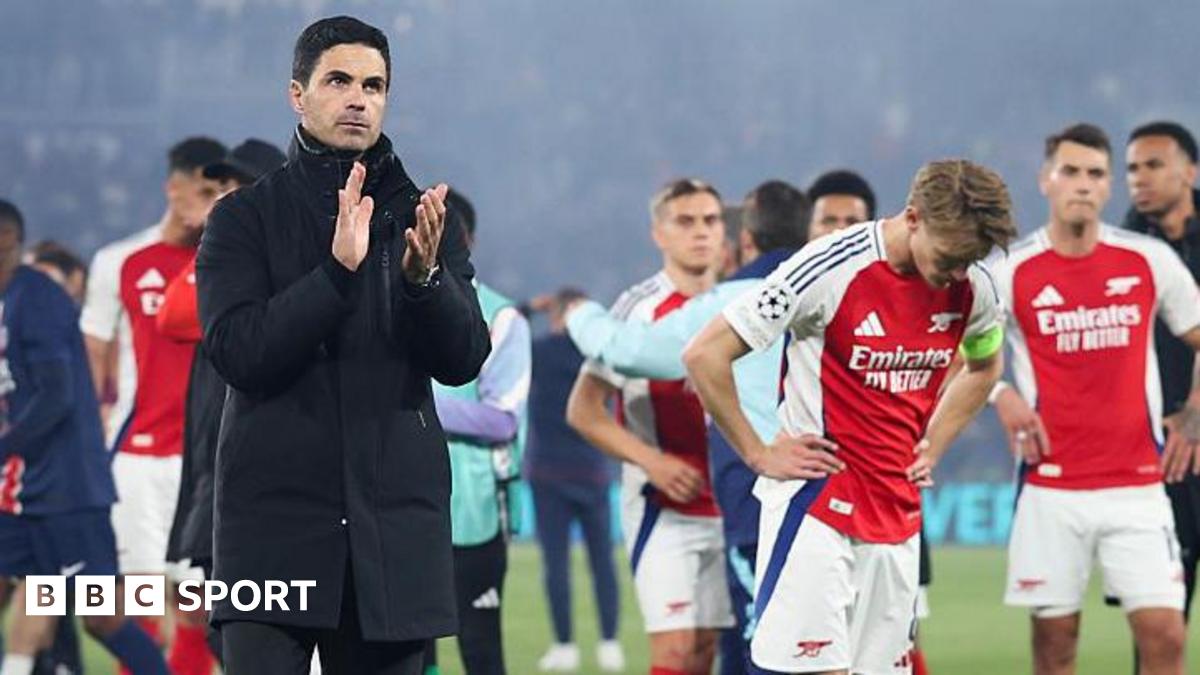


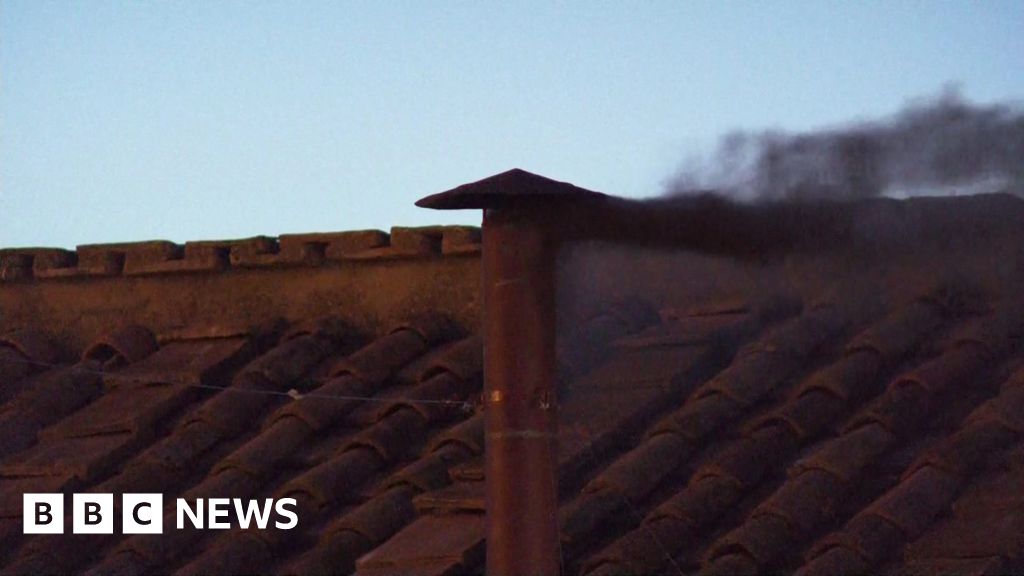
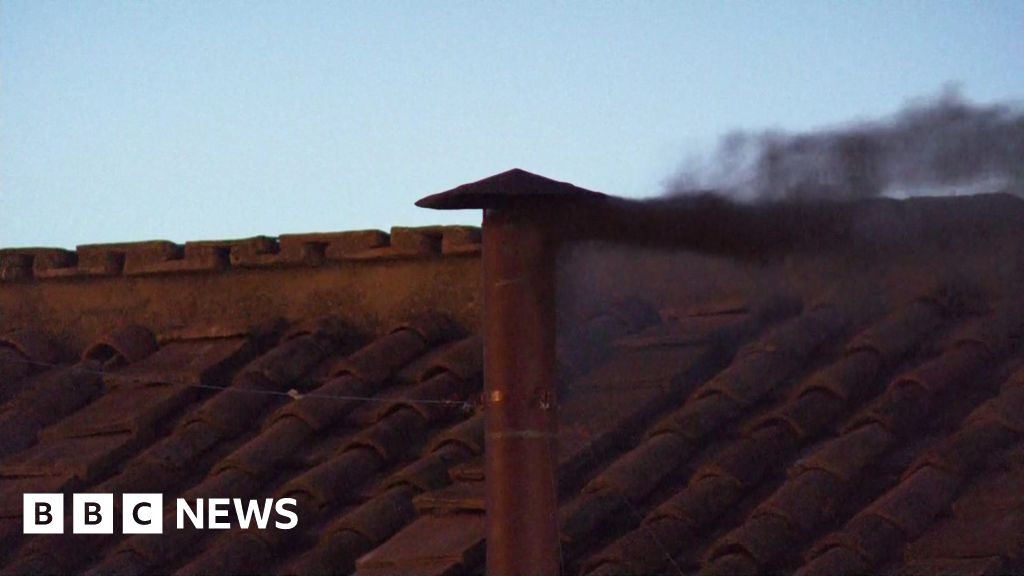
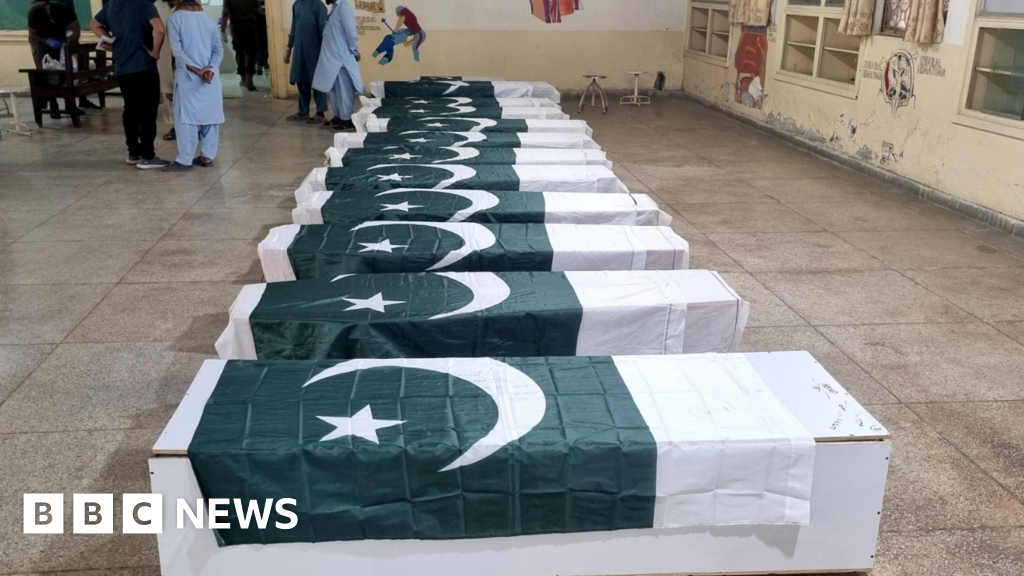
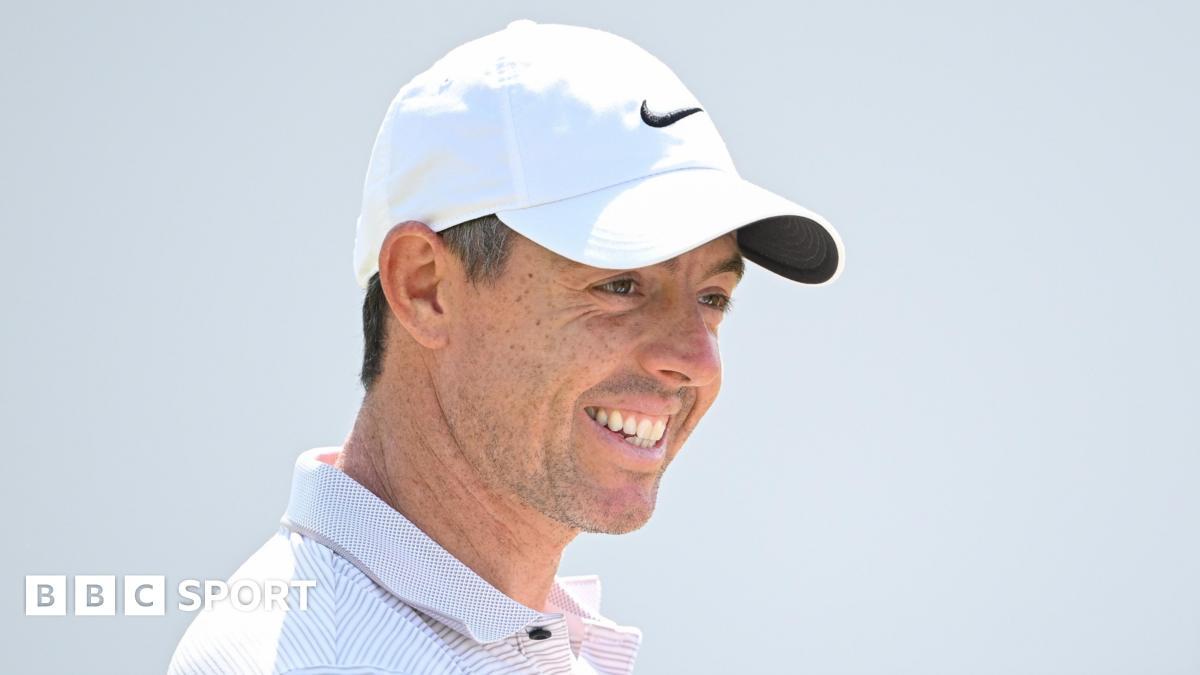
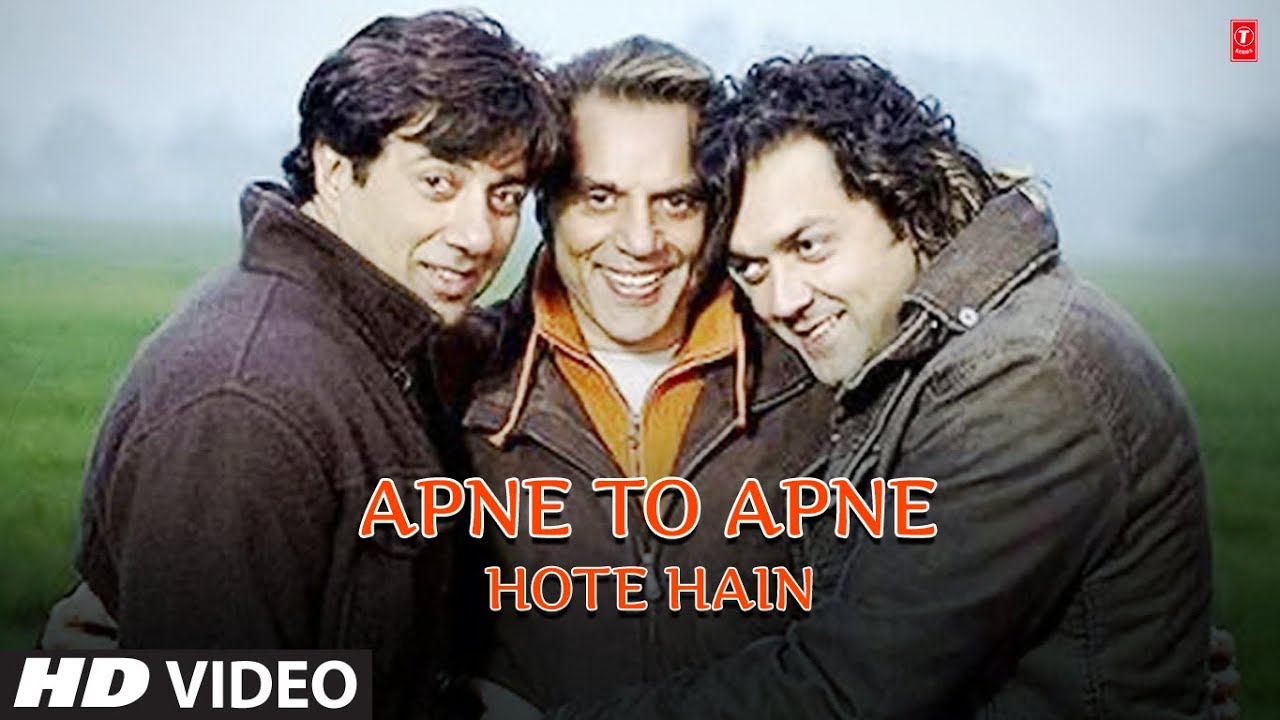



Leave a Reply